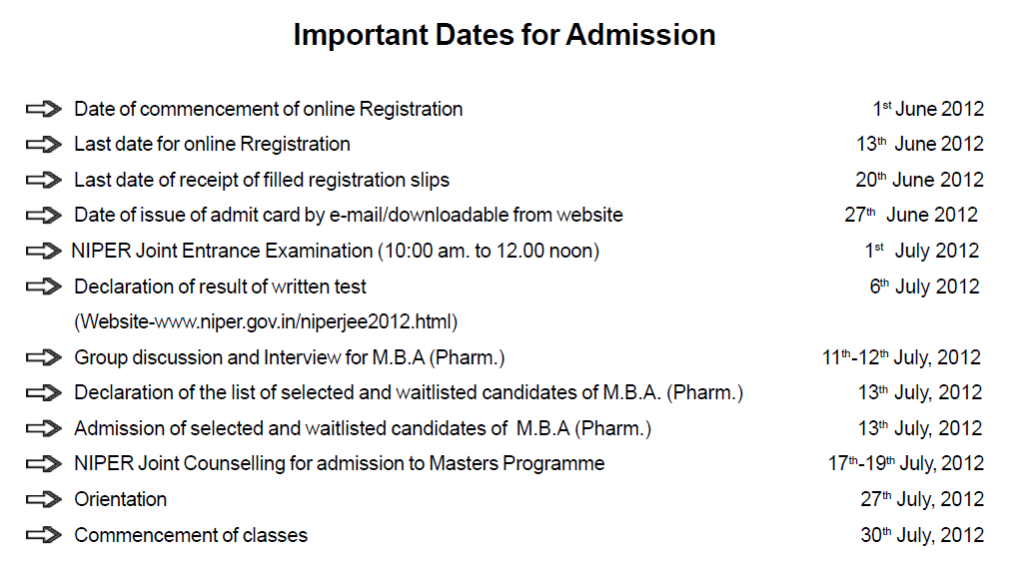f hypoxia, or low oxygen levels in cells, is proven to be a key driver of certain types of cancer, treatment plans for curing the malignant growth can change in significant ways, said Ying Xu, professor of bioinformatics and computational biology at Georgia University’s Franklin College of Arts and Sciences.
The research team analysed samples of messenger RNA data, also called transcriptomic data, from seven different cancer types in a publicly available database.
They found that long-term lack of oxygen in cells may be a key driver of cancer growth, the Journal of Molecular Cell Biology reports.
Previous studies had linked low oxygen levels in cells as a contributing factor in cancer development, but not as the driving force for cancer growth.
High cancer rates worldwide cannot be explained by chance genetic mutations alone, Xu said, according to a Georgia statement.
He added that bioinformatics, which melds biology and computational science, has allowed researchers to see cancer in a new light.
“Cancer drugs try to get to the root, at the molecular level, of a particular mutation, but the cancer often bypasses it,” Xu said.
“So we think that possibly, genetic mutations may not be the main driver of cancer.”
The researchers analysed data downloaded from the Stanford Microarray database via a software programme to detect abnormal gene expression patterns in seven cancers: breast, kidney, liver, lung, ovary, pancreatic and stomach.
Xu relied on the gene HIF1A as a biomarker of the amount of molecular oxygen in a cell. All seven cancers showed increasing amounts of HIF1A, indicating decreasing oxygen levels in the cancer cells.
Low oxygen levels in a cell interrupt the activity of oxidative phosphorylation, a term for the highly efficient way that cells normally use to convert food to energy.
Low oxygen levels engender the process of creating new blood vessels. They provide fresh oxygen, thus improving oxygen levels in the cell and tumour and slowing the cancer growth – but only temporarily.
“When a cancer cell gets more food, it grows; this makes the tumour biomass bigger and even more hypoxic. In turn, the energy-conversion efficiency goes further down, making the cells even hungrier and triggering the cells to get more food from blood circulation, creating a vicious cycle. This could be a key driver of cancer,” Xu said.



